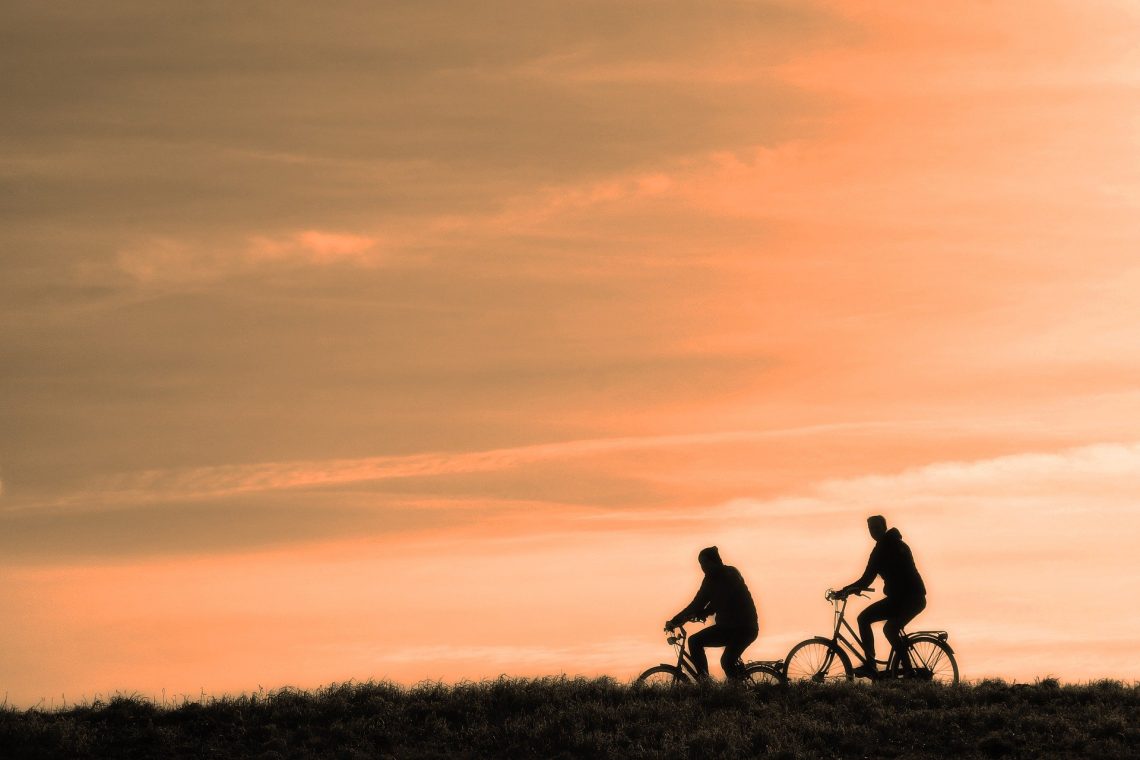
5 Types of Physical Activities That Are Beneficial To Your Health
Physical activities are essential for your body. Anyone can experience the health benefits that accompany routine physical activities regardless of age, gender, capabilities, shape, or size. There are various types of exercise you can choose from. Therefore, you have the leeway to select the type and level of activity you feel you are more comfortable with. Some key benefits of exercising include improving brain health, reducing disease, weight management, improving your ability to do everyday activities, and strengthening your bones and muscles. If you wish to incorporate exercise into your life but don’t know where to start, below are five types of exercise to pick from.
Aerobic exercises

These activities aim to increase your breathing rate and heart rate. They are often the main component of most physical programs. They help you keep your heart and circulatory system healthy. These are sometimes called endurance activities, and they help you perform your daily living activities and improve fitness. They help prevent diseases like diabetes, breast and colon cancer, and heart disease. Some physical activities that increase endurance include:
- Brisk walks
- Jogging
- Dancing
- Swimming
- Cycling
- Climbing stairs
- Mountain or hill climbing
- Doing yard work like raking or mowing the lawn
- Playing basketball, tennis, etc
You should aim for 150 minutes of moderate-intensity aerobic activities.
Anaerobic exercises
This version of physical activities is high power and high-intensity. These exercises break down glucose for energy but without using oxygen hence the name anaerobic. Generally, they involve short periods of intense workout. While aerobic exercises require oxygen to generate energy (hence the increased breathing and heart rate), anaerobic exercises do not require oxygen to break down glucose stores. This leads to a buildup of lactic acid in the muscles. Anaerobic exercises are not as rhythmic as aerobic exercises and tend to go on for longer. Another difference is that aerobic exercises increase endurance, while anaerobic exercises help increase strength and muscle mass. Some examples of anaerobic exercises include:
- Sprinting
- High-Intensity Interval Training like Tabata.
- Weightlifting
Anaerobic exercises require higher levels of exertion than aerobic exercises. It is, therefore, necessary that you have a basic level of fitness before you start them. Furthermore, it is recommended that you work with a fitness trainer who will be your guide and supervise your workouts to ensure that you perform them correctly. This will reduce the risk of injury or overexertion. You should aim for 75 minutes of anaerobic exercises per week.
Flexibility exercises

Stretching is good for flexibility. While you may overlook this in your youth, the need becomes more apparent as you age. The loss of flexibility in the tendons and muscles that occurs as you age increases the risk of muscle cramps and pain, joint pains, muscle damage, etc. It also made it hard to do daily living activities, such as turning as you reverse park your car. Besides making your muscles more flexible and more protracted, stretching also increases your range of motion and decreases injury risk.
You should aim to stretch your muscles three to four times a week, if not daily. You can perform static stretches where you hold a position for up to 60 seconds. Aim to stretch muscles such as your calves, hamstrings, quadriceps, hip flexors, and your neck, shoulders, and lower back muscles. Yoga, Tai Chi, Qi Gong, and Pilates will significantly improve your flexibility, among other exercises like these. Such activities are especially useful for older people who may have a hard time with intense workouts.
Balance exercises

These exercises help you build up your core strength, improving your balance, and making you steadier on your feet. While they are especially helpful for people at risk of falls like the elderly, anyone can benefit from them. Some balance-centered exercises include yoga, Tai Chi, Qi Gong, and dance. Some balance exercises include walking heel to toe or standing on one foot.
Strength training
As you age, you lose your muscle mass. You need to perform exercises that help you build up muscle strength, which allows you to efficiently perform daily activities such as lifting heavy objects around the house, carrying your groceries, etc. Besides that, you also lower blood sugar, stimulate bone growth, improve weight management, and improve posture and balance. When most people talk about strength training, they think about lifting weights in the gym. This, however, does not have to be the case. You can do bodyweight exercises such as squats and pushups, or you can perform exercises that involve resistance from a band, a weight machine or a weight
Some homeowners who wish to improve their fitness invest in home gyms. They look for houses with an extra room to convert into a gym on home listings such as Movoto. Whatever way you decide to get some exercise, please don’t forget to make it a regular part of your life. This is a decision that pays dividends up to old age.
Featured Picture of Mabel Amber by Pixabay




